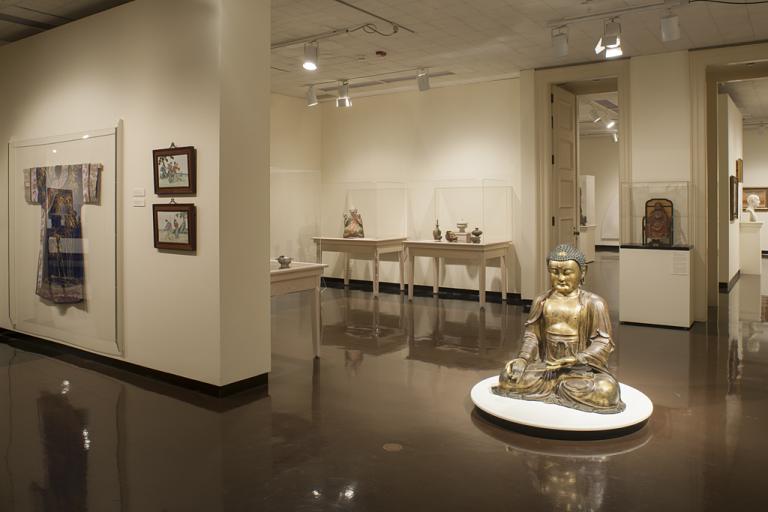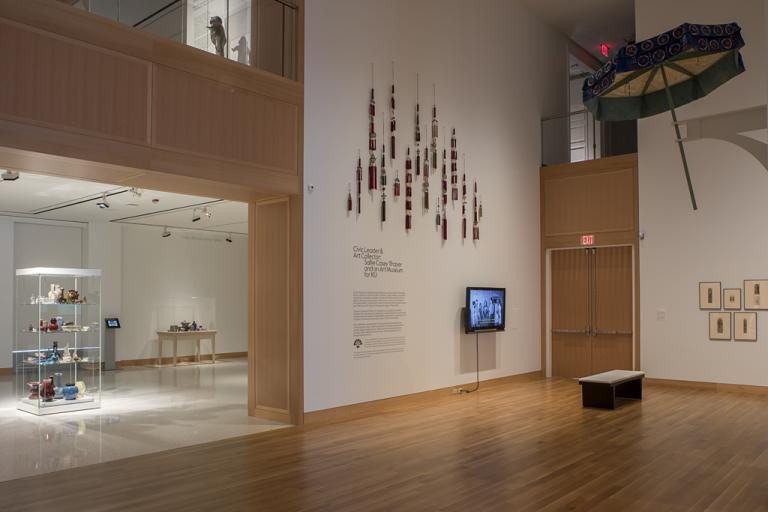chawan 茶碗 (tea bowl), unknown maker from Korea
Artwork Overview
chawan 茶碗 (tea bowl)
, late 1700s–early 1800s, Joseon dynasty (1392–1910)
Where object was made: Korea
Material/technique: ceramic; Buncheong ware; glaze; stamping
Dimensions:
Object Height/Diameter (Height x Diameter): 7.5 x 17.3 cm
Object Height/Diameter (Height x Diameter): 2 15/16 x 6 13/16 in
Object Height/Diameter (Height x Diameter): 7.5 x 17.3 cm
Object Height/Diameter (Height x Diameter): 2 15/16 x 6 13/16 in
Credit line: William Bridges Thayer Memorial
Accession number: 1928.0436
Not on display
If you wish to reproduce this image, please submit an image request











